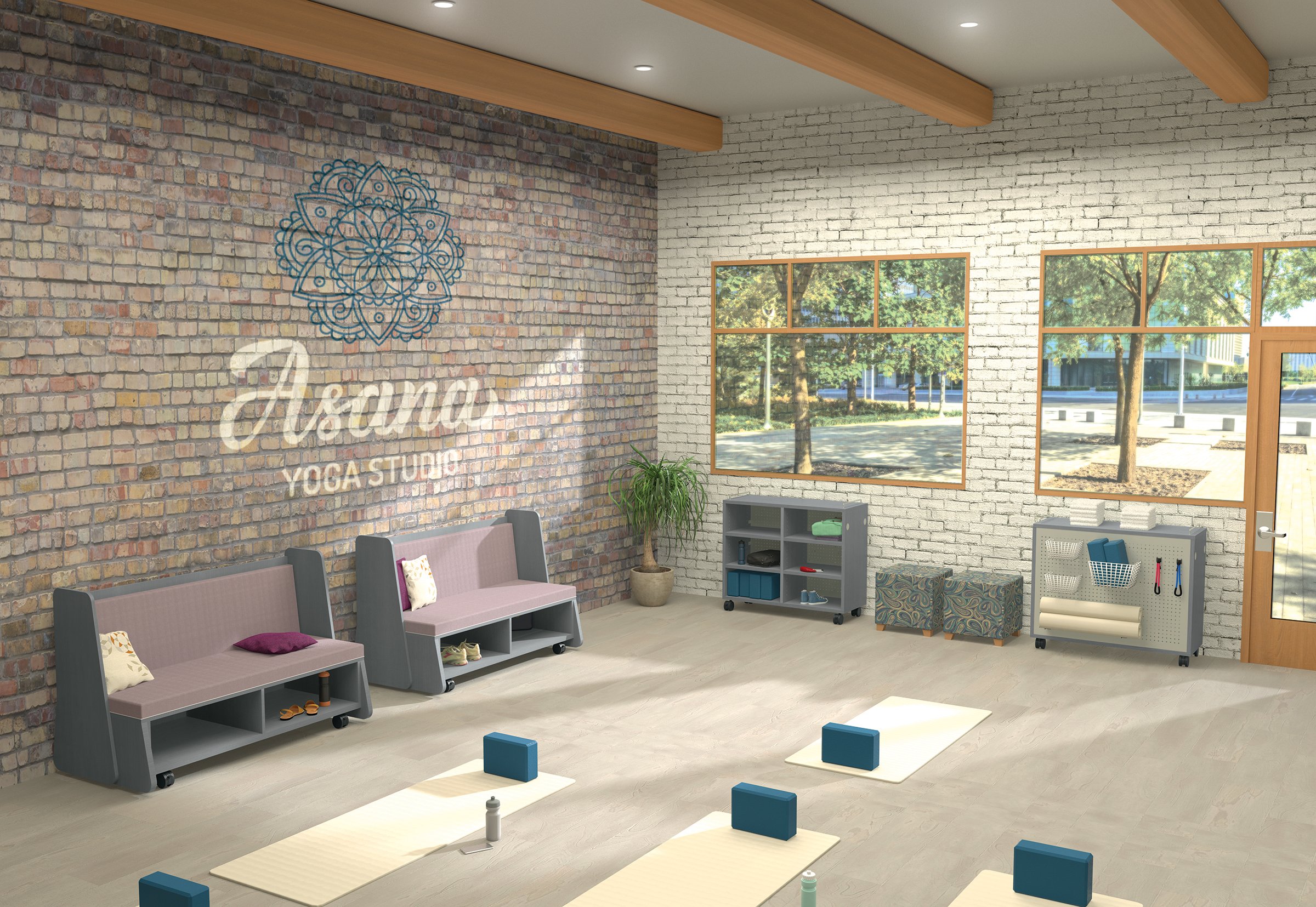6 Stages Of Human Development That Inspire Design Strategies
Posted by MooreCo Inc on 14th Jan 2020
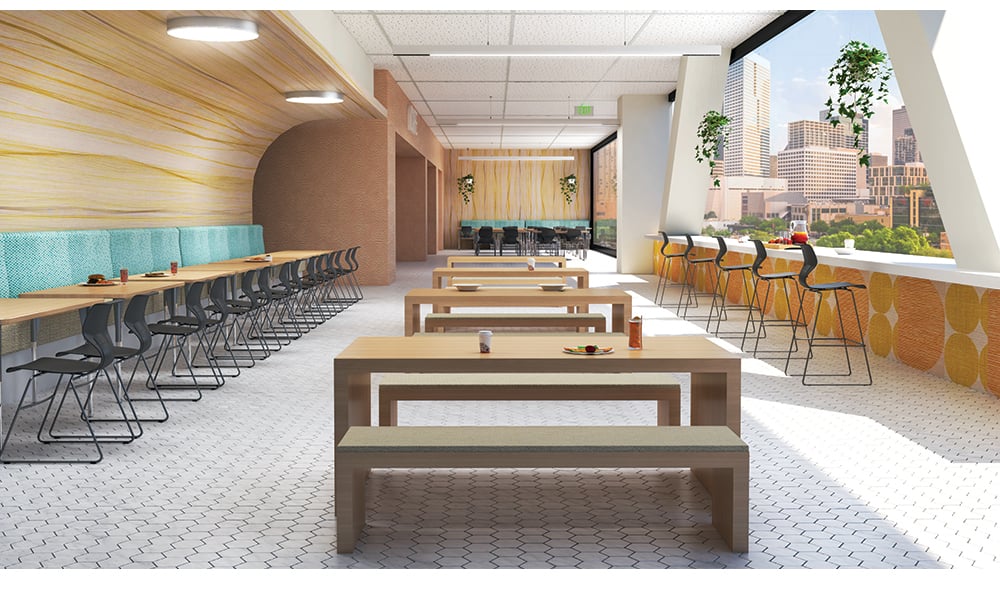
Although the nature of work, school, and how we take care of ourselves is changing, we humans — whether as children or adults — continue to spend a significant amount of time together in a physical place, such as an office building, school, or health facility.
What impact do these spaces have on our engagement and well-being? And how can we create environments that encourage greater interconnection and productivity?
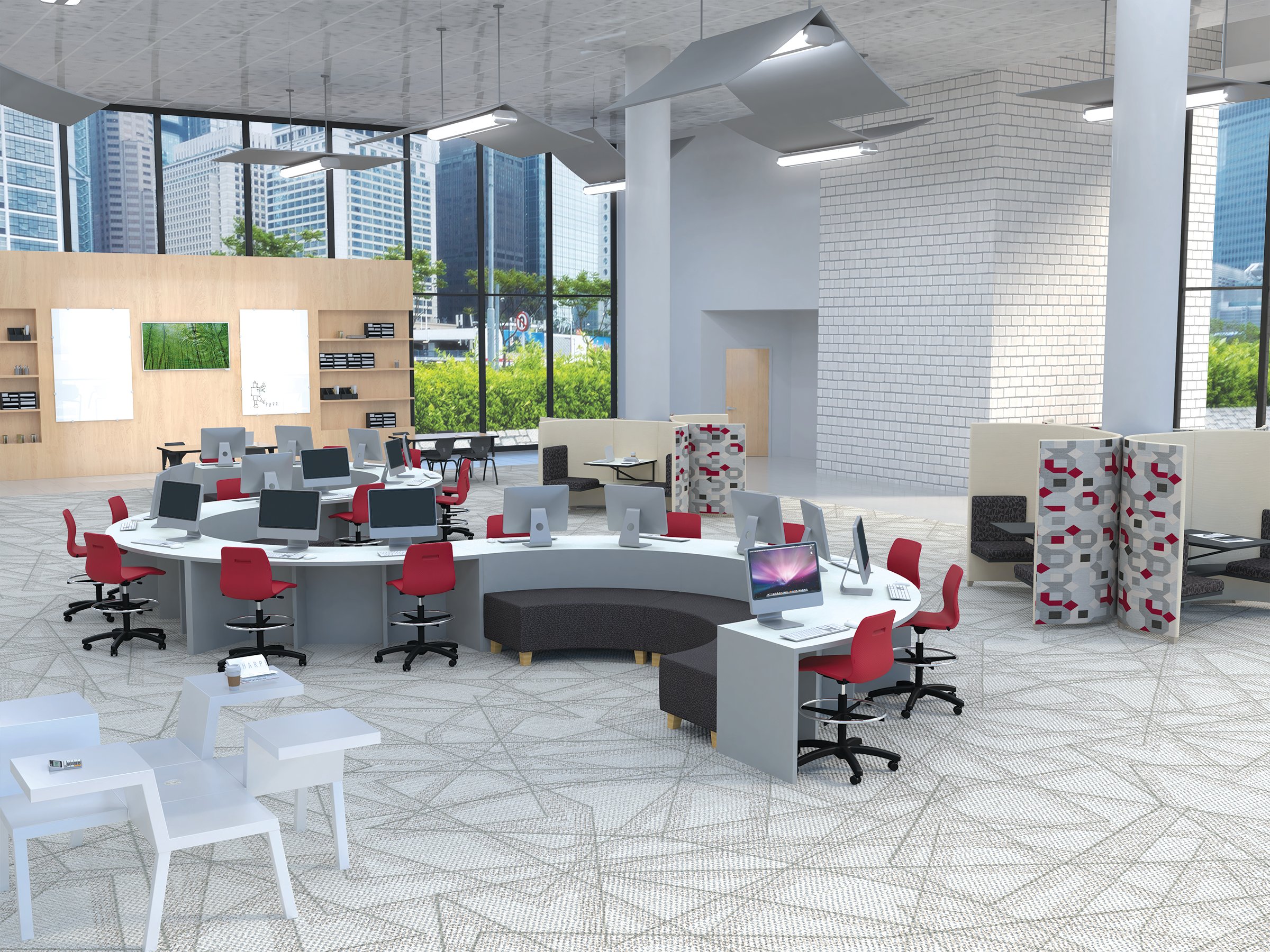
Just as books and technology are essential tools in the learning process, so are the spaces that surround us.
And this environment — from the color on the walls to the chairs we sit on and the configuration of a room — impacts numerous measures of success from adolescence to adulthood. The goal, then, is to optimize settings to facilitate the outcomes we want to achieve, whether that be productivity, engagement, collaboration, or overall wellness.
How do we design a space to do that?
![]()
Our new Thrive philosophy is born from six stages of human development: social-emotional, intellectual, moral, psychological, physical, and spiritual. This blog introduces how (and why) to create inspired environments that support growth based on these developmental stages, leading to the formation of balanced, healthy, and productive human beings.
6 STAGES OF HUMAN DEVELOPMENT
When we approach design — whether the setting is academic, workplace, or wellness — we focus on creating spaces and furnishing that complement these six stages of human development:
1) Social-Emotional
This development stage is marked by peer relationships and positive interactions, and is crucial to productivity from adolescence to our senior years.
Cooperative learning activities and collaborative experiences encourage daily peer-to-peer interaction. In youth, that may be extracurricular activities such as service clubs or leadership groups to simulate real-world social situations. How young people learn to behave in these settings will guide their behavior later in life. It also sets the foundation for empathy and emotional intelligence.
Key to designing environments that support social-emotional development is creating spaces for people to connect. Furnishings, technology, and tools should integrate to facilitate communication, collaboration, and teamwork. For example, as much as people rely on devices, providing options for open spaces, flexible seating, and the “coffee shop effect” are great ways to stimulate dialogue and in-person interaction.
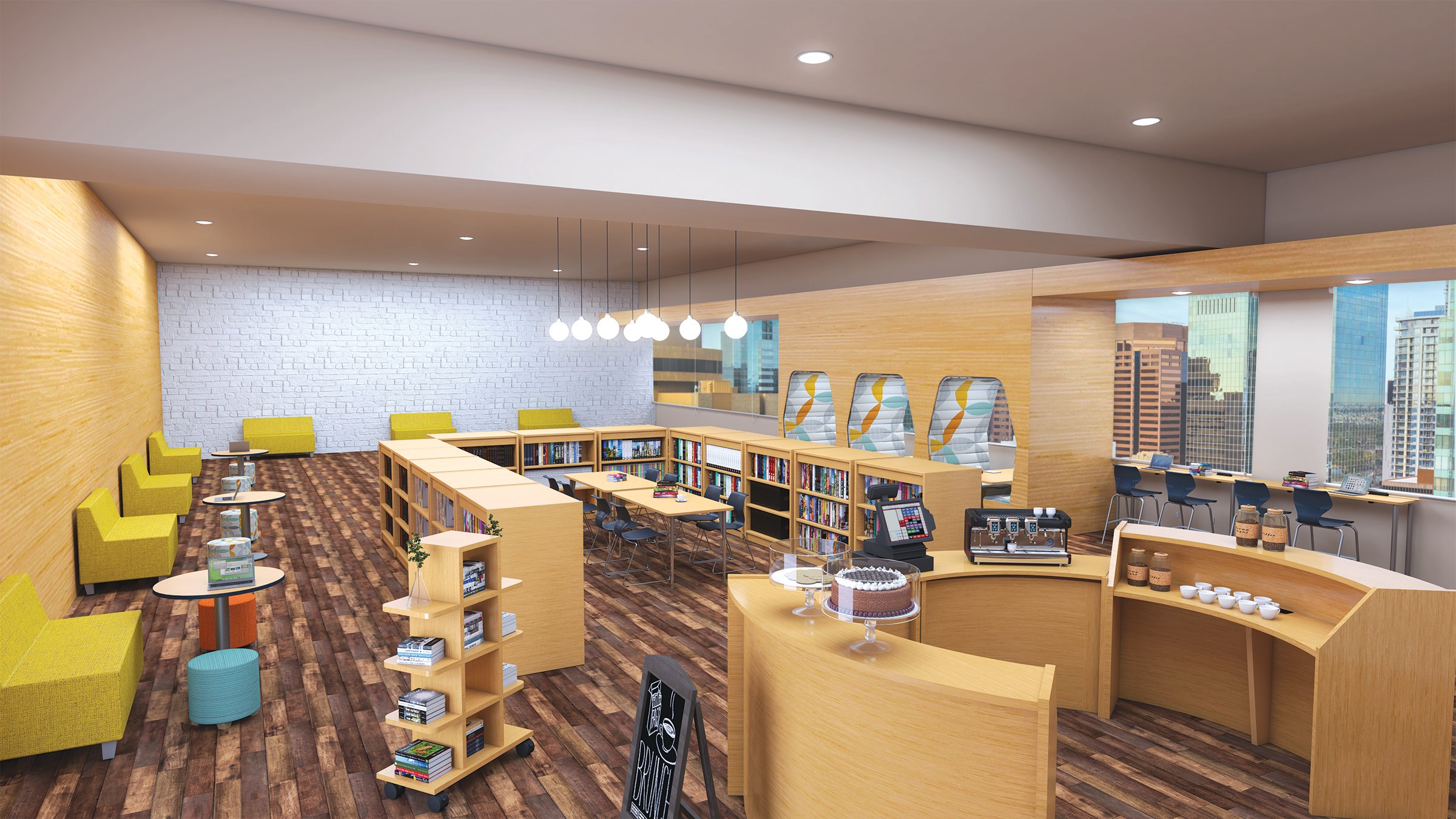
2) Intellectual
Intellectual development refers to the ability to understand and reason. In early adolescence, curiosity reaches new heights. Adolescents are eager to explore new interests and learn about new topics. Experience plays a central role in brain growth. Intellectual development favors active learning and peer-to-peer interactions, an ongoing process that continues through adulthood.
The key takeaway from this stage for designers is that everyone learns differently, and the most productive environments (whether at school or work) are those that offer multiple ways to learn, think, and grow.
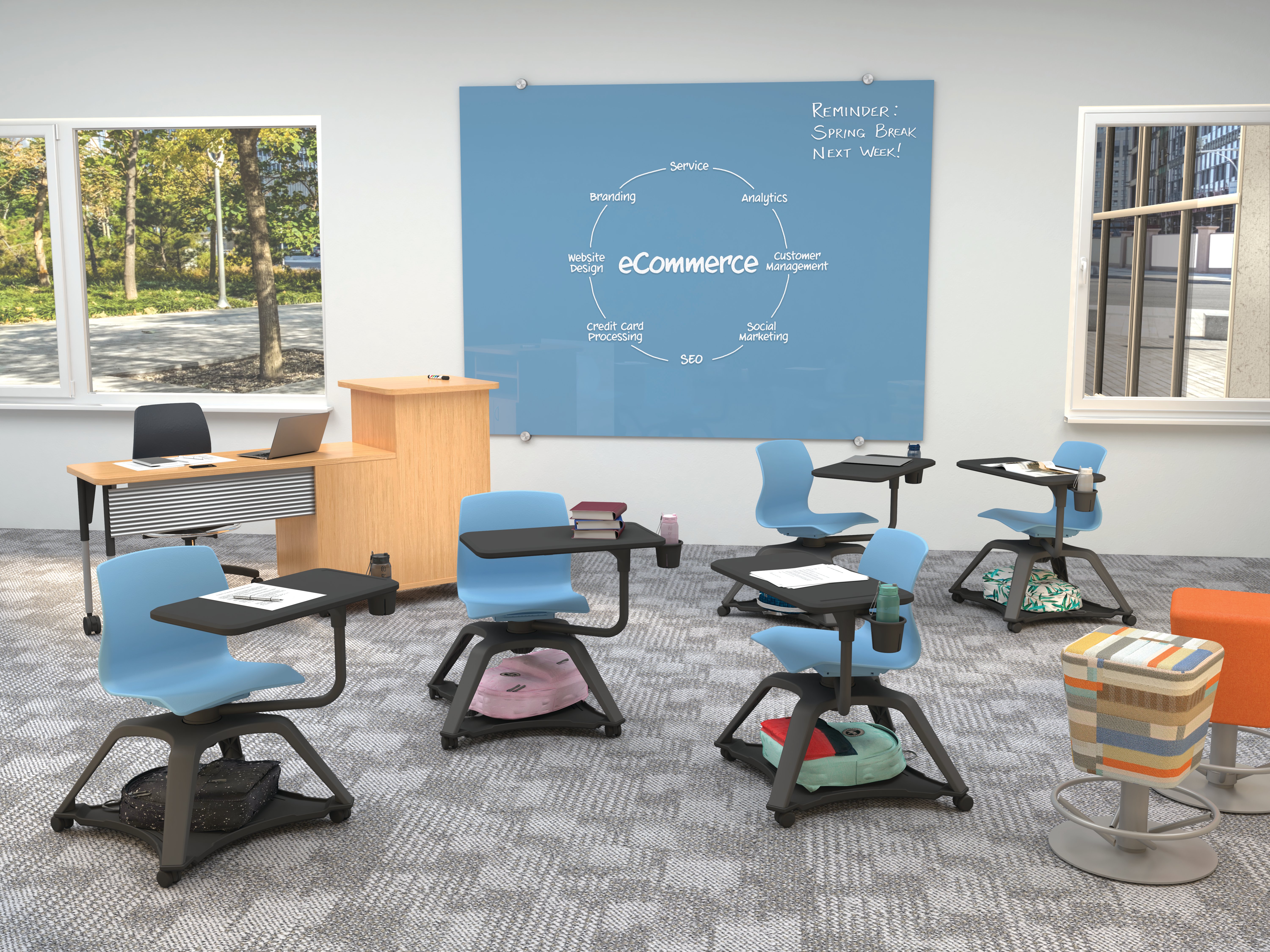
3) Moral
Many of the attitudes, beliefs, and values that young adolescents develop remain with them into adulthood. During moral development, the brain transitions from a self-centered perspective to consideration toward others. Adolescents are encouraged to explore challenging, high-level concepts that allow them to define the virtues that will guide them throughout life. Moral development evolves with time, and as society changes, so do our moral values.
To facilitate this stage among schoolchildren, educators offer some freedoms, while maintaining boundaries, authority, and rules to follow. Community tables where students can communicate and engage support moral development, as do tiered-seating and desks, which give every student eye contact (and the ability to engage) with the instructor. In the workplace, visual products that communicate corporate culture and values can help create a positive moral environment.
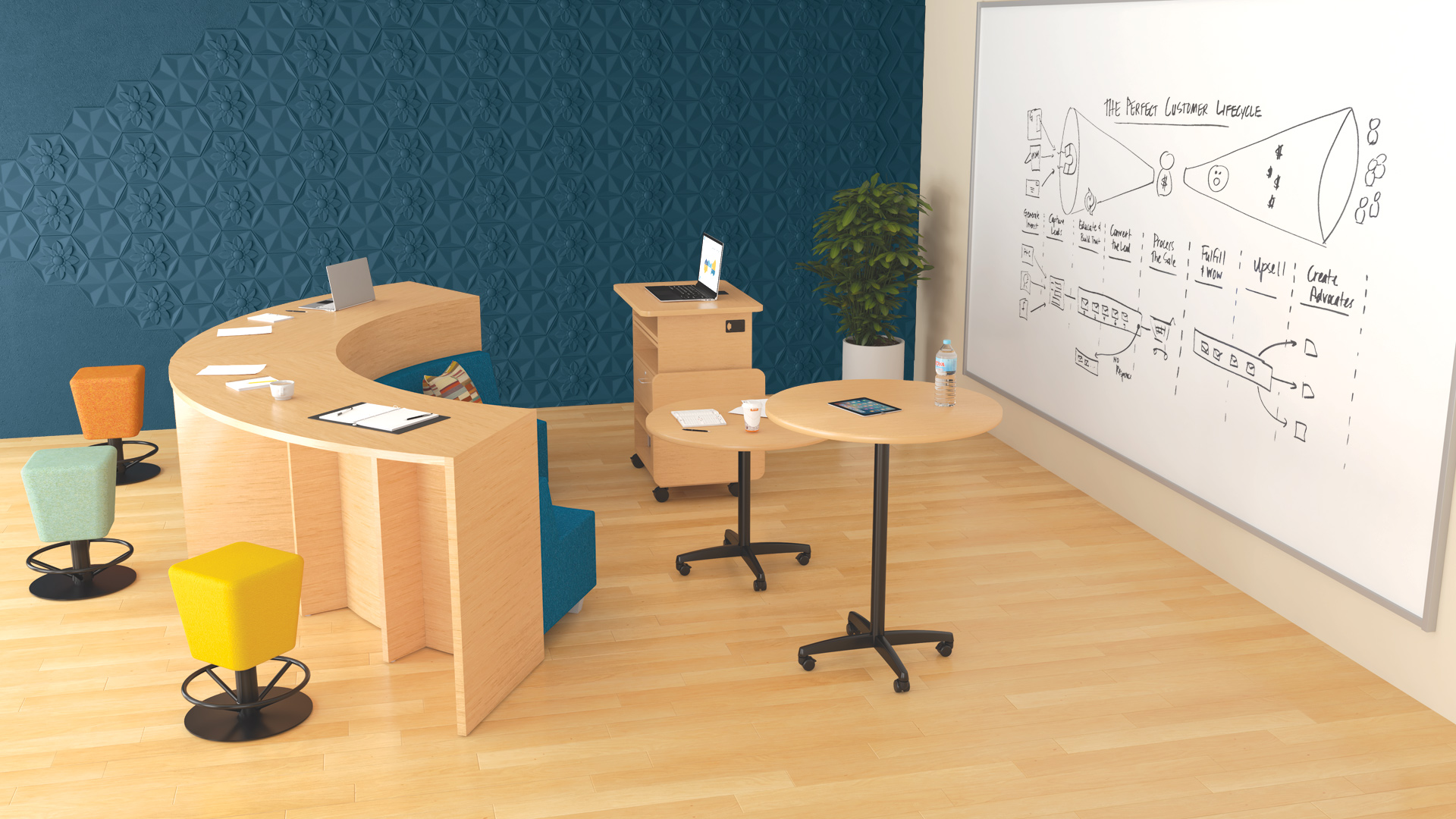
4) Psychological
When students are in tune with their emotional and mental state, they are better able to navigate the world around them. Psychological development is a time for identity formation as adolescents push themselves to take risks, develop perseverance, and discover independence.
To help encourage independence and self-reliance — where students can make mistakes and learn from them — spaces can be designed specifically for those who need to reorganize or catch up. In the workplace, designers can tap employee input into what best stimulates their mind to perform, including sounds, colors, and smells.
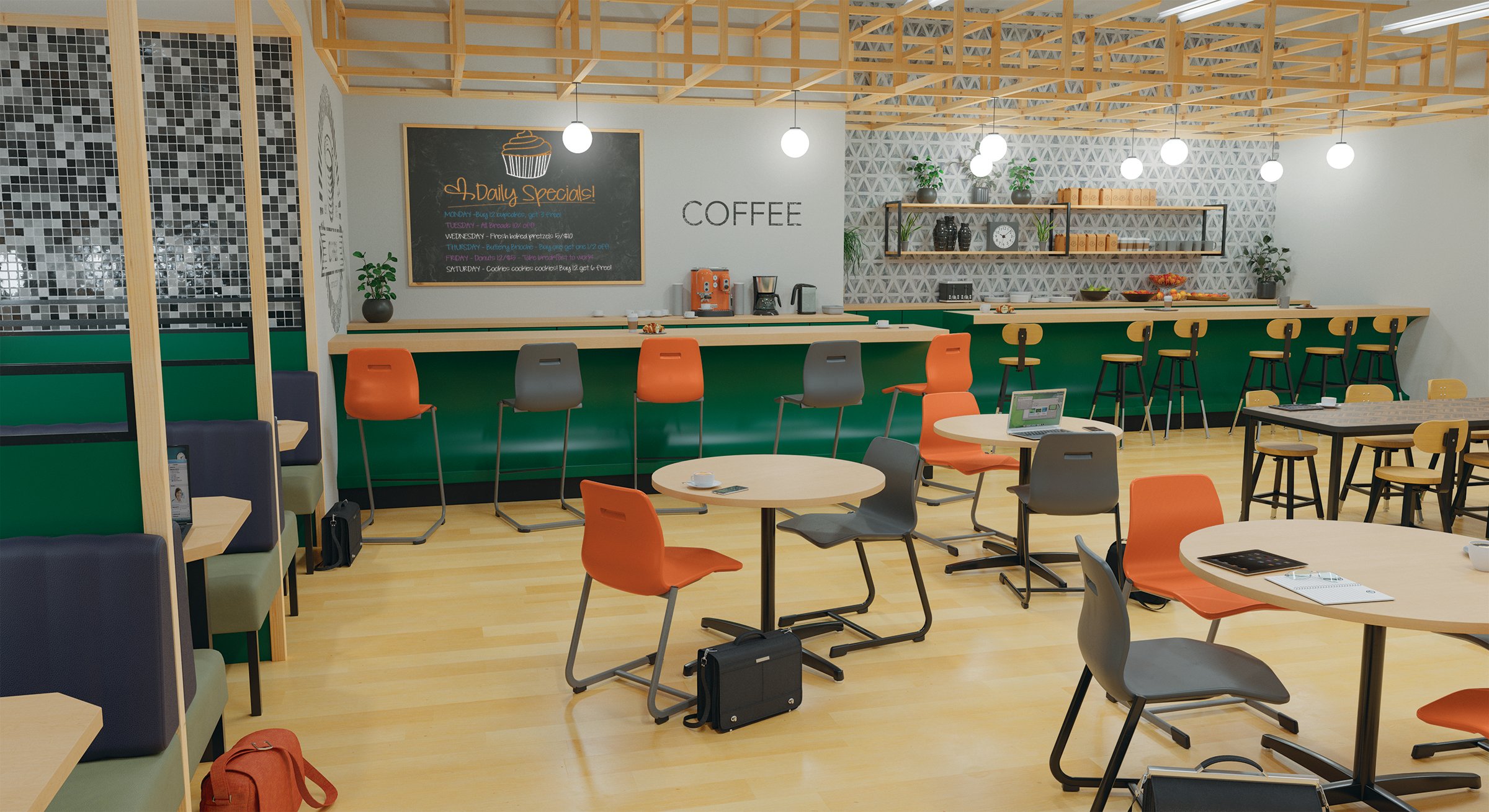
5) Physical
A healthy body is the key to a healthy mind. Physical development during adolescence lays the foundation for healthy habits surrounding fitness and nutrition in adulthood.
Because of this, the physical well-being of the user is at the forefront of furniture design. Ergonomics, proper posture, circulation, and movement are integral components of active learning and working environments. Communal seating, sit and stand-up tables, wobble stools, and mobile furniture are flexible options to integrate movement into a classroom or workspace.
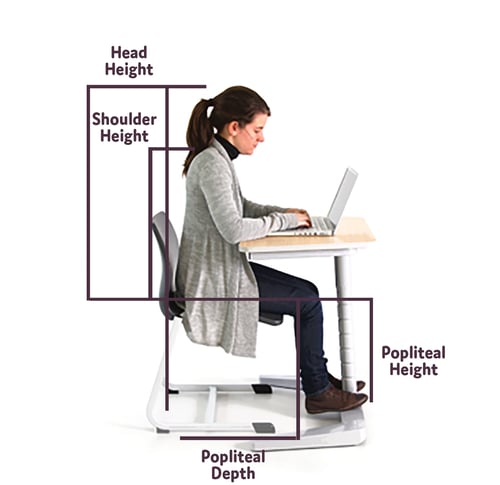
6) Spiritual
Spirituality is not bound to a religious practice or place of worship. Spiritual development refers to one’s connection with the human spirit and one’s self as opposed to material or physical possessions.
Spaces designed for music, art, and meditation are essential to lifelong spiritual growth. Mindfulness is at the core of spirituality in today’s learning and working environments, where the pressures of work, study, hobbies, and family can be overwhelming. Mindful spaces for meditation and relaxation provide resources for individuals to cope with the stresses of daily life.
